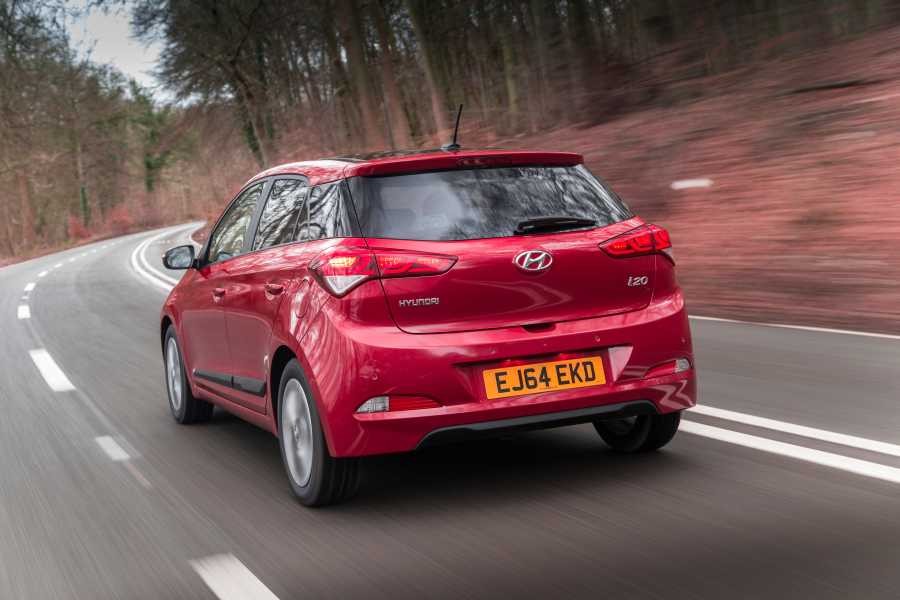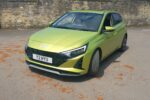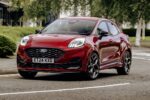Featured · Hyundai · Reviews · Road Tests
Racing ahead with the Hyundai i20
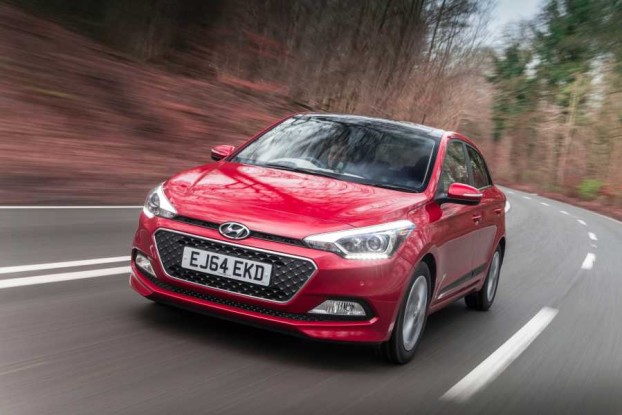
ROAD TEST
If there’s a car out there that’s arrived with high hopes, improved and then improved again, it’s probably the Hyundai i20.
With a million European sales in the bag, the compact hatchback is now into its third generation if you count the Getz model that started the ball rolling in 2002.
And it just keeps getting better.
With a longer, lower and wider body than its predecessor, the car now looks more elegant and confident, something that wasn’t lost on assessors from the prestigious Red Dot panel who honoured the i20 with a design award earlier this year.
But there’s a lot more to the popular Korean than style because, in much the same way as its sister brand Kia, the overall quality of Hyundai’s products has continued to move upmarket.
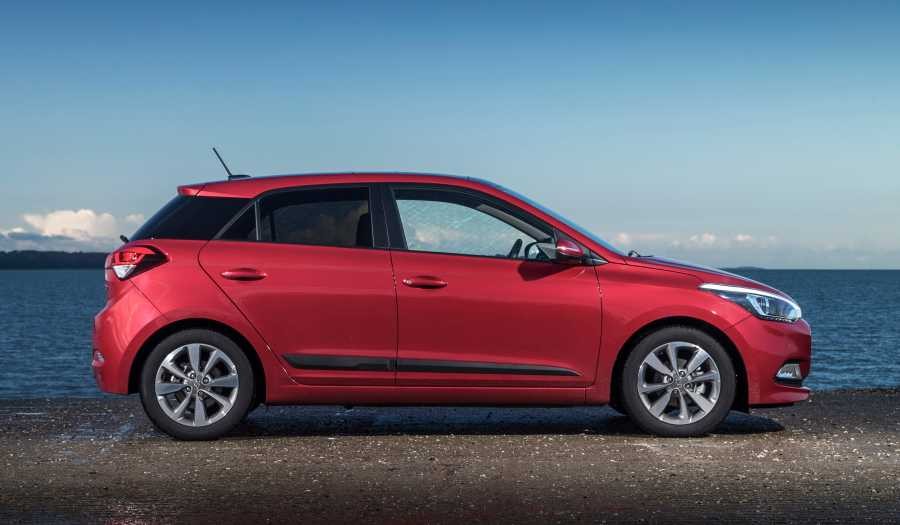 Not only is there sufficient head and legroom for three in the back – though to be fair the centre rear position is perched – the cabin has a high quality and visually attractive appeal.
Not only is there sufficient head and legroom for three in the back – though to be fair the centre rear position is perched – the cabin has a high quality and visually attractive appeal.
The seat upholstery feels durable, cleans easily as we discovered when a drink flipped over, and such is the angle of the dashboard that there’s also a feeling of extra spaciousness. Soft touch materials add to the ambience.
Three petrol – a 1.4 and pair of 1.25-litre – plus 1.1 or 1.4-litre diesel engines have been carried over from the previous generation model, but with a number of improvements.
In the case of the higher powered 1.25 -litre petrol unit in the tested SE variant there’s 84PS on tap, providing the car with a pretty sedate 0-62mph acceleration time of 13.1 seconds and potential top speed of 106mph.
More attractive than the performance is the fuel return of 55.4mpg, a figure that can actually be beaten if you drive with a lighter foot.
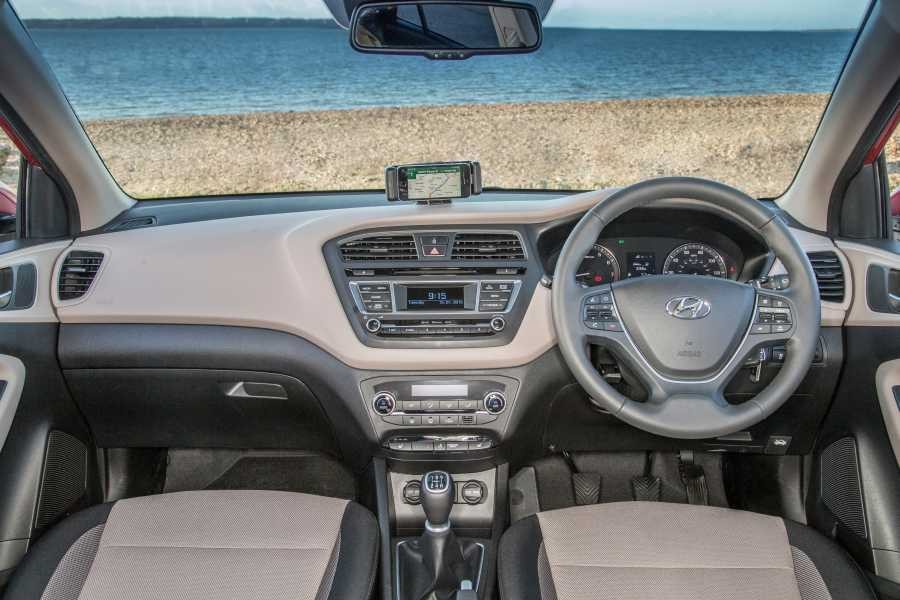 A stand-out feature though is the way the i20 behaves on the road, having been fine-tuned for European conditions following rigorous ride and handling tests in alpine mountain areas, hot summer evaluation in southern Europe and cold winter testing in Scandinavia.
A stand-out feature though is the way the i20 behaves on the road, having been fine-tuned for European conditions following rigorous ride and handling tests in alpine mountain areas, hot summer evaluation in southern Europe and cold winter testing in Scandinavia.
Safety remains top priority and in addition to a stronger chassis and bodyshell there are six airbags, stability controls, hill start assist, an emergency stop signal and a lane departure warning system alerting the driver to lane drift as standard on every car.
And while SE grade may be at the lower end of the trim range it nonetheless includes a wealth of kit – the likes of air-con, lit and cooled glove compartment, split level boot floor, CD sound with Bluetooth, leather steering wheel and cruise control all included.
It costs an extra £495 to opt for pearl paint and all Hyundai passenger cars come with the company’s five-year unlimited mileage warranty.
- SPEC CHECK
- MAKE Hyundai.
- MODEL i20 1.2 SE manual.
- ENGINE 1,248cc 4-cyl petrol.
- POWER 84PS at 4,000rpm.
- PERFORMANCE 0-62 in 13.1 secs, top speed 106mph.
- ECONOMY 42.8mpg Urban, 67.3 Extra Urban, 55.4 Combined.
- CO2 EMISSIONS 119g/km.
- BiK RATING 18%
- INSURANCE Group 6 (1-50)
- PRICE £12,725 on the road.
WHAT’S HOT
- Comfort, quality, economy, value for money.
- WHAT’S NOT
- Performance.
- RATINGS {rating}
- LOOKS . . . . . . . . . . . . . . . . . .4
- EQUIPMENT . . . . . . . . . . . . . 4
- RIDE AND HANDLING . . . . 4
- PERFORMANCE . . . . . . . . . . 3
- VALUE FOR MONEY . . . . . . .5

